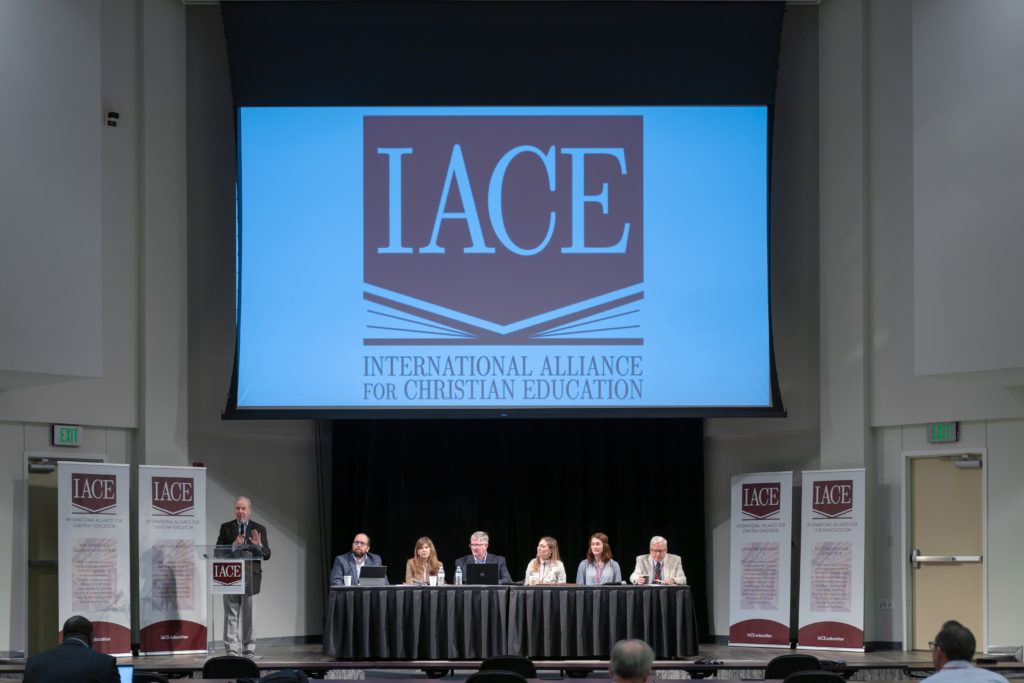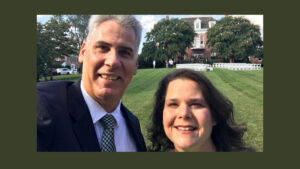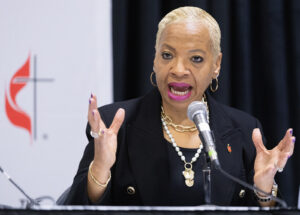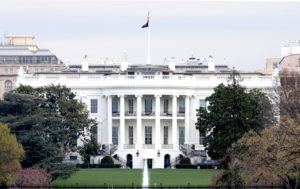
FORT WORTH (BP) – Christ’s incarnation provides the pattern and understanding for what it means to be a human being created in the image of God, participants in a Southern Baptist-sponsored colloquium were told May 24-25.
The event – “The Image of God: What It Means to Be Human in a Culture of Death” – was cosponsored by Southwestern Baptist Theological Seminary’s Land Center for Cultural Engagement and Stand for Life, an initiative of the Southern Baptist Ethics & Religious Liberty Commission (ERLC).
Held on the Southwestern Seminary campus, the colloquium served as a prelude to the annual faculty development conference of the International Alliance for Christian Education (IACE), a global, evangelical network. David Dockery, distinguished professor of theology at Southwestern Seminary, emceed the colloquium as IACE’s founding president.
Speakers reiterated throughout the colloquium that being in the image of God is not about function but status.
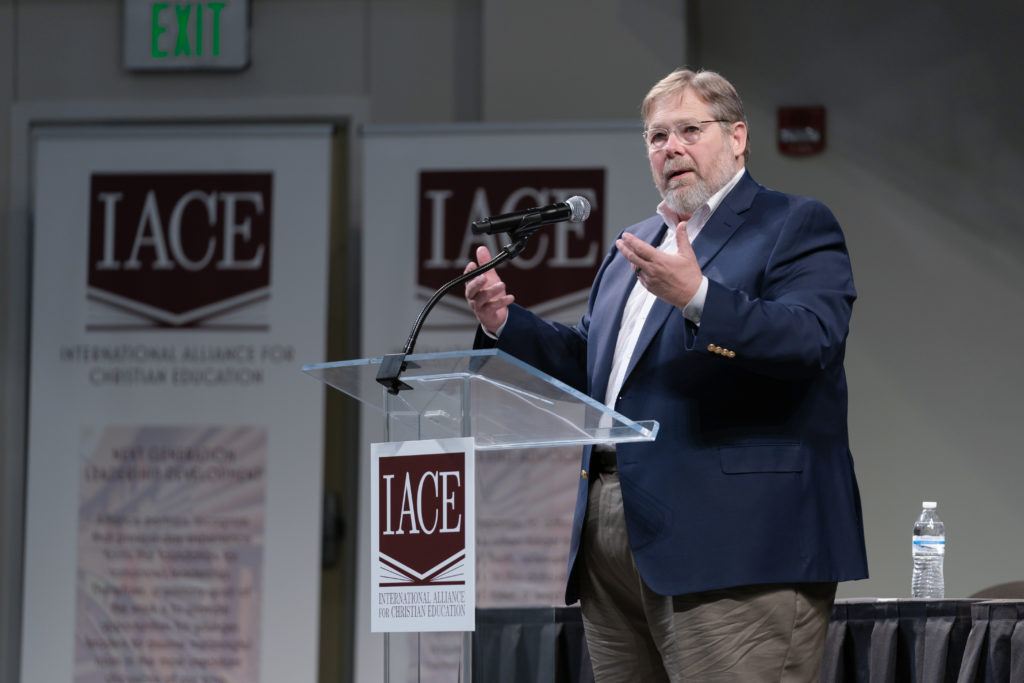
Two standard models, those of the Enlightenment and medicine, “end up defining what it means to be a human person as the rational, self-determining, expressive, individual, higher-functioning brain in a vat,” said long-time Southern Baptist bioethicist C. Ben Mitchell. Instead, he told the audience, “what it means to be human is not what humans do but who humans are.”
While the first book in the Bible is definitely important regarding teaching on the image of God, “the clearest lens through which to see what it means to be human may not be in Genesis but in Jesus,” said Mitchell, who retired in 2020 as Graves professor of moral philosophy at Union University and helped provide care for his father in his final months of life.
The lens provided by the incarnate Christ shows human beings, Mitchell said, are “necessarily embodied;” “necessarily limited, finite creatures;” and “necessarily dependent.”
Citing the Nicene Creed of 325 A.D., Mitchell said, “The church understood that to be human was to be embodied because Christ the God-man, Christ God with us, Christ Immanuel was embodied.
“We are limited by time and space,” he said. “Creaturely finitude is not a sin, and creaturely finitude is not the result of sin. Creaturely finitude is the gift of God to His creatures.”
Human beings are dependent on God, Mitchell said, adding, “We are more the product of things and people outside us than we are our own isolated, autonomous selves.”
As “the image of God” in Scripture, Christ has a “perfect connection” with God and is a “perfect reflection” of God, said John Kilner, professor emeritus of bioethics and contemporary culture at Trinity International University.
The Bible distinguishes between “the image of God” (Christ) and “being in or according to the image of God” (other human beings), Kilner said. “Christ is the model. Christ is the pattern for who humanity is to be. [Christ], from the very beginning and continuing to today and forever, is the image according to which we have been created.
“[T]hough fallen today, people have a special connection with God, and they are created, they are intended to be a meaningful reflection of God,” he said. According to the Bible, the image of God has not been harmed by sin, said Kilner, the first president of the Center for Bioethics & Human Dignity.
“There’s no even hint in Scripture that there’s such a thing as … being in the image of God being damaged even among the worst possible people,” said Kilner, who spoke by video link.
Being made in the image of God “is not just a blessing to us,” he said. “It’s also a responsibility for us, because understanding that we’re created in the image of God means not only that we have this self-worth but also that we are responsible for living out all of these attributes of God that God has intended for us by virtue of His creation.”
The sanctity of human life “is a necessary outgrowth of human beings made in the image of God,” said Scott Rae, who addressed current threats to respect for human life.
Rae, dean of the faculty and professor of philosophy and Christian ethics at Talbot School of Theology, said “there has been an erosion of respect for essential human dignity” during at least the last 50 to 60 years.
At the beginning of life, what has been called “over-the-counter, do-it-yourself abortion” is where human dignity “is under siege like it never has been before,” he told the audience. It is projected such medical or chemical methods will make up three-fourths of all abortions in the United States in the next decade, Rae said.
Infanticide is an area “that gives me the most pause and the most cause for concern in the long run, because I think infanticide is now more often practiced and it is increasingly justified by academic philosophers and some theologians, which I find very troubling,” he said. “The degree of academic respectability that infanticide is gaining culturally, I think, is alarming.”
Since 1970, an estimated 100 million baby girls in the world have been aborted or become victims of infanticide because parents wanted boys, Rae said in describing what he called a “gender-based” assault on human dignity.
Other human beings whose sanctity of life is being threatened include embryos and the elderly, he said.
Jennifer Marshall Patterson, director of the Institute for Theology and Public Life at Reformed Theological Seminary, told participants, “[H]uman embodiment is not merely a biological reality. It is a relationship reality. Because we are embodied, human life goes through seasons of vulnerability, weakness, sickness and incapacitation.”
Active or passive virtues are needed at the beginning of life, during life to help restore relationships and at the end of life, she said.
“Accepting the givenness of our embodied existence prepares us to pursue the relationships that are marked by grace in giving and gratitude in receiving,” Patterson said.
“We need to pursue the active virtues of solidarity and hospitality that make us approach others with care and compassion, generosity and self-sacrifice,” she said. “And we also need passive virtues of humility and patience and wisdom that reconcile us to our limitations and make us ready to receive others’ giving in our own season of need.”
John Stonestreet, president of the Colson Center for Christian Worldview, said on the day after a teenage gunman killed 19 elementary-school students and two teachers in Uvalde, Texas, “The cultural moment that we’re in – we’re not OK. We don’t have groundings, any solid ground for identity. We don’t have solid ground for morality, culturally speaking.”
He encouraged Christians to think about culture in three ways:
- “We should talk about [cultural realities] as if they are a calling for followers of Christ, not an accidental context in which we’re supposed to be faithful.
- “We should never confuse the cultural moment with the whole story.
- “[We should make] sure that our posture toward [culture] remains in a framework of restoration.”
At the Colson Center, four questions are commonly asked about restoration, he said. They are: (1) “What is good that we can celebrate, protect and promote?” (2) “What is evil that we can resist and confront?” (3) “What is missing that we can innovate?” (4) “What is broken that we can restore?”
Daniel Darling, director of the Land Center, told Baptist Press, “We were glad to partner with the ERLC and with IACE and convene the very best of Baptist and evangelical scholarship to help apply Christian theology to the current moment.
“Today, people are asking the question, ‘What does it mean to be human?,’” he said in written comments. “At the heart of our mission at the Land Center is helping people understand this from Scripture.
“The Bible’s vision of what it means to be human is so rich and so robust. It not only tells us that humans are uniquely special and that we’re created in the image of God, but it also tells us why the human experience is so broken – because of sin – while also showing the way forward through Jesus Christ.”
In written remarks, Elizabeth Graham, the ERLC’s vice president of operations and life initiatives, described the colloquium as “an incredible opportunity to further academic work on the topic of human dignity that is so central to the ERLC’s mission. As we work toward equipping the church for a post-Roe world, we are in need of more academic research in the evangelical space on the image of God.”
The U.S. Supreme Court is expected to issue a decision soon that could reverse the 1973 Roe v. Wade opinion that legalized abortion throughout the country.
Graham told BP it was an honor for Stand for Life to partner with Dockery, the Land Center and IACE on the colloquium.
Darling moderated a panel of Southern Baptist and other theological leaders on applications of the doctrine of the image of God.
Both days of the colloquium began with devotionals, the first day by Katie McCoy, director of women’s ministry at the Baptist General Convention of Texas, and the second by Lauren McAfee, founder and visionary of Stand for Life.
